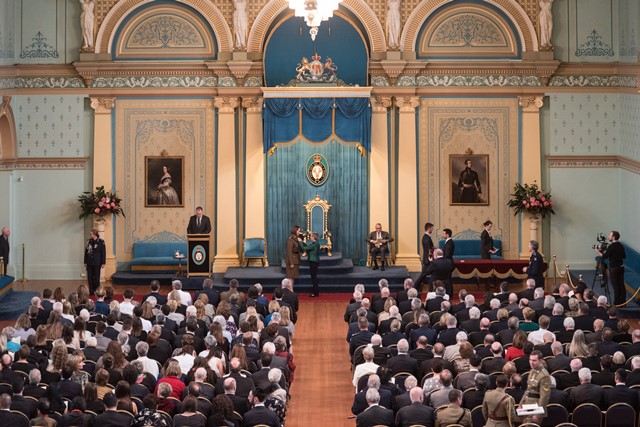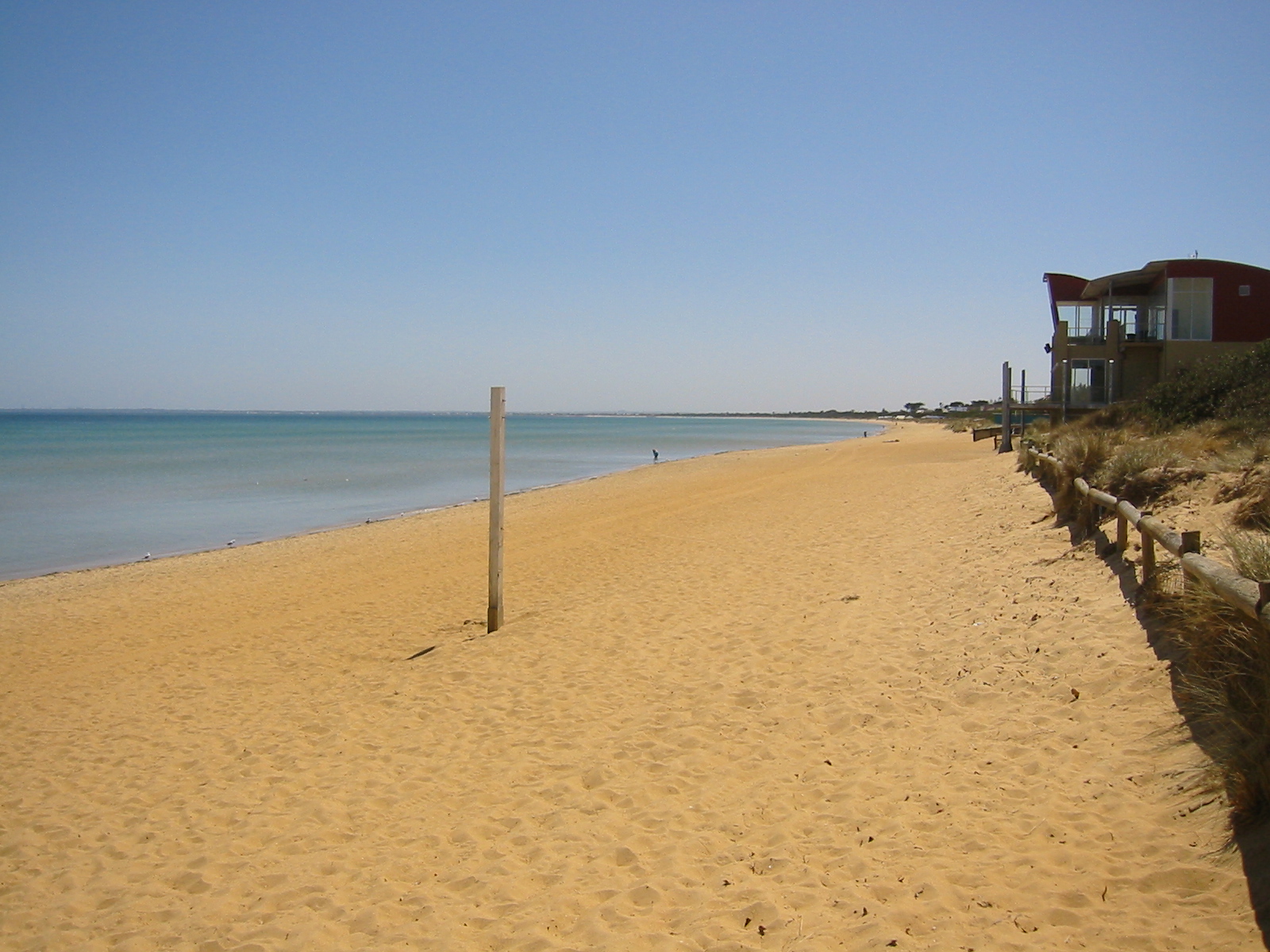Frankston Beach Association’s submission to Frankston City Council’s proposed council plan 2017-2021.
Thank you for the invitation to comment on Frankston City Council Proposed Council Plan 2017 -2021.
Our Association is very concerned to see the Safe Boat Harbour featuring as a second priority project on the Proposed Council Plan and firmly believe it should be removed from the Council Plan.
Some sort of boating facility has been on the Council’s agenda for 30 years and despite many concepts for a marina/safe boat harbour, it has never been completed due to environmental concerns, financial viability and negative community feedback.
Finally in 2016, the SUZ3 22ha.Safe Boat Harbour was deleted from the new Municipal Strategic Statement C100 in the Frankston Planning Scheme. A primary planning document approved by Council and the Minister for Planning.
What is on the drawing board for now:
The current Frankston City Council Proposed Council Plan 2017-2021 is in direct conflict with the MSS C100 by including construction of a safe boating harbour at Olivers Hill and a new Coastguard Building.
The Coastal Management Plan (CMP); also approved by Council is inconsistent with the MSS C100. The SUZ3 has remained in the CMP and Council can apply for an extension of time if plans for a Safe Boat Harbour have not been finalised by November 2017.
Does Council support the MSS C100 or was it a waste of time and money? Why does Council flagrantly disregard it? We are seeking clarity on where the two plans above fit in reference MSS C100?
Council and council officers should ensure their planning strategy and documents align with the MSS C100 or questions should be raised about their competence, review processes, integrity and governance.
What is the next step?
In applying for an extension to SUZ3 it appears Council has on its agenda the 22ha. Olivers Hill Safe Boat Harbour. Is this what is proposed in the Frankston City Council Proposed Council Plan 2017-2021?
FBA submits that the SUZ3 be deleted from the Frankston City Council Proposed Council Plan and the CMP thus removing the large Safe Boat Harbour and aligning with the MSS C100.
A promise of $500,000 from the Federal Government for a breakwater seawall has lead to the revival of the safe boat harbour concept on the Council agenda.
FBA submits that the $500,000 donated for a marina would be better used for the long overdue cleanup and restoration of Kananook Creek.
Regarding the Coastguard facility, is Council aware that there is currently a move for marine services to consolidate the number of flotillas around the Bay? FBA oppose the Coastguard building at Olivers Hill because of the negative impact on coastal processes. The Frankston Coastguard is a very small flotilla and could be suitably accommodated at Carrum Coastguard, close to where its large boat is stationed.
Supporting evidence
Council should consider advice and evidence that has been gathered over a number of years from highly qualified geomorphologists and coastal engineers and the following advice by Dr Eric Bird is an example: “The notion that the proposed safe boat harbour will have minimal impact on the coastal processes echoes assurances regarding marina projects on the coast of Victoria notably Portland, Warrnambool, Apollo Bay, St. Kilda, Middle Brighton, Sandringham and Lakes Entrance- all of which have on-going problems. Most relevant is Sandringham, in a similar location to Frankston proposal. There is the risk that any proposed marina south of Frankston will have a similar effect on sand movement, resulting in the trapping of sand along the protruding structure and consequent depletion of beaches and coastline erosion at and north of Frankston and in Daveys Bay”.
More recent supporting evidence is the damage to Blairgowrie beach. Adjacent beaches lost sand following the installation of boat berths and ugly groynes have been installed in an attempt to restore the beaches. Not a good look. Is this what Council wants for Frankston Beach?
FBA have a report dated 16th November 2016 from the Senior Project Manager, Dept. of Environment, Land, Water and Planning, which was investigating re-nourishment of the Frankston South beach. The site was found unsuitable for beach re-nourishment unless they constructed extremely large groynes. The introduction of long groynes would have significant downdraft affects on the existing Frankston beach, so the decision was made to no longer consider the Frankston site. There is a risk that any proposed safe boat harbour would have a similar effect.
To safeguard Frankston’s beaches, the SUZ3 Safe Boat Harbour must be deleted from the Frankston City Council Proposed Council Plan 2017-2021 and the Coastal Management Plan.
The beach is Frankston’s greatest asset and Council should not risk the enjoyment of tens of thousands of beachgoers to satisfy a few hundred boat users. Frankston rate payers will not thank you if you burden them with remedial works in perpetuity.
Kathleen Hassell, Committee Member
Frankston Beach Association Inc.
22nd May 2017




